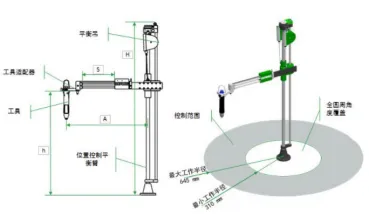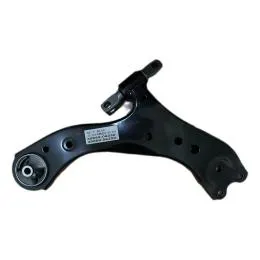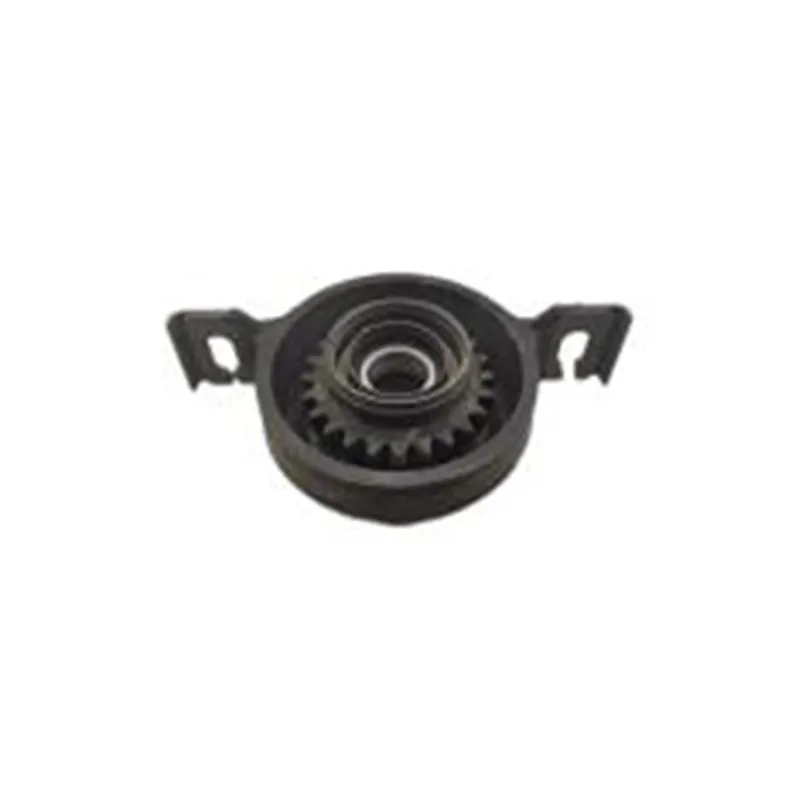
-
 Afrikaans
Afrikaans -
 Albanian
Albanian -
 Amharic
Amharic -
 Arabic
Arabic -
 Armenian
Armenian -
 Azerbaijani
Azerbaijani -
 Basque
Basque -
 Belarusian
Belarusian -
 Bengali
Bengali -
 Bosnian
Bosnian -
 Bulgarian
Bulgarian -
 Catalan
Catalan -
 Cebuano
Cebuano -
 Corsican
Corsican -
 Croatian
Croatian -
 Czech
Czech -
 Danish
Danish -
 Dutch
Dutch -
 English
English -
 Esperanto
Esperanto -
 Estonian
Estonian -
 Finnish
Finnish -
 French
French -
 Frisian
Frisian -
 Galician
Galician -
 Georgian
Georgian -
 German
German -
 Greek
Greek -
 Gujarati
Gujarati -
 Haitian Creole
Haitian Creole -
 hausa
hausa -
 hawaiian
hawaiian -
 Hebrew
Hebrew -
 Hindi
Hindi -
 Miao
Miao -
 Hungarian
Hungarian -
 Icelandic
Icelandic -
 igbo
igbo -
 Indonesian
Indonesian -
 irish
irish -
 Italian
Italian -
 Japanese
Japanese -
 Javanese
Javanese -
 Kannada
Kannada -
 kazakh
kazakh -
 Khmer
Khmer -
 Rwandese
Rwandese -
 Korean
Korean -
 Kurdish
Kurdish -
 Kyrgyz
Kyrgyz -
 Lao
Lao -
 Latin
Latin -
 Latvian
Latvian -
 Lithuanian
Lithuanian -
 Luxembourgish
Luxembourgish -
 Macedonian
Macedonian -
 Malgashi
Malgashi -
 Malay
Malay -
 Malayalam
Malayalam -
 Maltese
Maltese -
 Maori
Maori -
 Marathi
Marathi -
 Mongolian
Mongolian -
 Myanmar
Myanmar -
 Nepali
Nepali -
 Norwegian
Norwegian -
 Norwegian
Norwegian -
 Occitan
Occitan -
 Pashto
Pashto -
 Persian
Persian -
 Polish
Polish -
 Portuguese
Portuguese -
 Punjabi
Punjabi -
 Romanian
Romanian -
 Russian
Russian -
 Samoan
Samoan -
 Scottish Gaelic
Scottish Gaelic -
 Serbian
Serbian -
 Sesotho
Sesotho -
 Shona
Shona -
 Sindhi
Sindhi -
 Sinhala
Sinhala -
 Slovak
Slovak -
 Slovenian
Slovenian -
 Somali
Somali -
 Spanish
Spanish -
 Sundanese
Sundanese -
 Swahili
Swahili -
 Swedish
Swedish -
 Tagalog
Tagalog -
 Tajik
Tajik -
 Tamil
Tamil -
 Tatar
Tatar -
 Telugu
Telugu -
 Thai
Thai -
 Turkish
Turkish -
 Turkmen
Turkmen -
 Ukrainian
Ukrainian -
 Urdu
Urdu -
 Uighur
Uighur -
 Uzbek
Uzbek -
 Vietnamese
Vietnamese -
 Welsh
Welsh -
 Bantu
Bantu -
 Yiddish
Yiddish -
 Yoruba
Yoruba -
 Zulu
Zulu
High-Quality Both Lower Control Arms – Durable Aftermarket Upper Lower Control Arms Replacement
- Introduction: Understanding Both Lower Control Arms in Automotive Suspension Systems
- Technical Significance and Performance Advantages
- Factory OEM vs. Aftermarket Lower Control Arms: A Comparative Analysis
- Exploring Custom Solutions for Control Arms
- Integration with Upper and Lower Control Arms: Complete Suspension Solutions
- Application Case Studies: Real-World Examples and Performance Metrics
- Summary: The Importance of Both Lower Control Arms in Modern Vehicles

(both lower control arms)
Introduction: The Role of Both Lower Control Arms in Suspension Dynamics
In modern automotive engineering, both lower control arms
contribute significantly to suspension geometry and handling precision. Their function is central to the vehicle’s ability to maintain road contact, absorb shocks, and ensure ride comfort across diverse terrains. The development of control arms has kept pace with demand for improved stability, durability, and enhanced driving performance. Today, manufacturers offer a wide selection ranging from OEM units to high-performance aftermarket lower control arms, and even fully customizable solutions for unique vehicular applications. This comprehensive review dives deep into their technical merits, compares different offerings, and presents proven use cases to inform purchasing and upgrade decisions.
Technical Significance and Performance Advantages
The control arm forms the vital link between the chassis and the wheel hub, regulating wheel movement and suspension articulation. Both lower control arms provide structural support on each side, maintaining the correct wheel alignment and camber under load.
Key Technical Features:
- High-strength steel or aluminum alloy construction for durability and reduced unsprung weight.
- Ball joint and bushing integration to allow controlled articulation and dampen vibrations.
- Geometry optimized through CAD for precise wheel travel and reduced tire wear.
Factory OEM vs. Aftermarket Lower Control Arms: A Comparative Analysis
The choice between factory OEM and aftermarket lower control arms rests on factors such as material strength, adjustability, price, and intended use (daily driving versus motorsports). The following table summarizes key differences across leading brands and types:
| Feature | OEM Control Arms | Aftermarket Lower Control Arms | Custom Fabricated Control Arms |
|---|---|---|---|
| Material | Stamped steel/aluminum | Forged/cast aluminum, chromoly, or high-strength steel | Material per specification (can include carbon fiber/titanium blends) |
| Weight (per arm) | 5.8 – 7.2 lbs | 4.1 – 6.5 lbs | Variable (as low as 3.9 lbs with advanced materials) |
| Bushing Type | Rubber or OE-style hydraulic | Polyurethane, spherical, or performance hybrid | Customer-specified (ranging from OEM, poly to full race spec) |
| Adjustability | Fixed geometry | Options up to 3 degrees of camber/caster adjustment | Fully tunable; multi-axis adjustment available |
| Cost (USD, pair) | $170 – $360 | $240 – $900+ | $800 – $2,200+ |
| Warranty | 3-5 years or 60,000 miles | 1-5 years, varies by brand/application | 1-2 years (custom/fabricator specific) |
| Target Audience | Daily drivers, fleet vehicles | Performance enthusiasts, off-roaders, tuners | Race teams, bespoke builds, restoration experts |
As observed, aftermarket and custom solutions offer significant gains in weight reduction, adjustability, and material selection—factors critical for motorsport, off-road racing, or luxury sports vehicles.
Exploring Custom Solutions for Control Arms
Beyond standardized OEM and aftermarket options, vehicle owners with specific requirements can commission custom lower control arms. This route unlocks a spectrum of engineering possibilities, enabling:
- Precision tuning of arm length and pivot axis for track-specific suspension setups.
- Integration of high-end bearings or composite bushings for near-zero deflection.
- Material upgrades (carbon composites, titanium) for further weight savings and corrosion resistance.
- Accommodation for wider tire/wheel combinations and extreme ride heights.
Integration with Upper and Lower Control Arms: Complete Suspension Solutions
Optimizing a chassis involves a holistic perspective. Upper lower control arms configurations (often referred to as double wishbone setups) are prevalent in performance-oriented cars and high-load SUVs. The synergy between upper and both lower control arms enables:
- Tighter wheel alignment control under cornering and compression
- Increased articulation and improved shock absorption over uneven terrain
- Enhanced steering precision and brake stability
Application Case Studies: Real-World Examples and Performance Metrics
Examining actual industry examples highlights tangible value delivered by upgrading both lower control arms, especially with top-tier aftermarket solutions:
Case Study 1 – Track Racing (Sports Coupe):
- Vehicle: 2020 Performance Coupe, RWD
- Upgrade: Aluminum tubular lower and upper control arms, spherical bushings
- Results: Slalom time reduced by 0.16s; lateral grip improved by 9.4% (recorded via instrumentation).
- Vehicle: 2018 4x4 Pickup
- Upgrade: Reinforced chromoly lower control arms, polyurethane bushings, long travel kit
- Results: 32% increase in wheel articulation; bushing wear reduced by 47% over 50,000 miles.
- Fleet Size: 400 units
- Upgrade: HD aftermarket lower control arms with poly-graphite bushings
- Results: 2.1x longer bushing service life; downtime for suspension repairs dropped by 21% in 18 months.
Summary: Both Lower Control Arms as Pillars of Safe, Precise Vehicle Handling
Investment in high-quality both lower control arms pays dividends through extended component life, improved vehicle safety, and measurable performance advantages on both road and track. Whether choosing OEM replacements for daily commuting, shifting to aftermarket lower control arms for spirited driving, or commissioning exclusive builds, performance outcomes rest on a foundation of advanced engineering and stringent material standards. With continual innovation in design and fabrication, the future of control arms promises even greater integration with adaptive suspensions and smart vehicle systems, reinforcing their central role in driving confidence for years ahead.

(both lower control arms)
FAQS on both lower control arms
Q: What are both lower control arms in a vehicle?
A: Both lower control arms are suspension components connecting the vehicle’s frame to the wheel hub assembly on both sides of an axle. They help maintain proper wheel alignment and absorb road shocks.Q: Are aftermarket lower control arms a good replacement option?
A: Yes, aftermarket lower control arms can provide reliable performance and sometimes better durability or adjustability than OEM parts. Always choose reputable brands for safe and lasting results.Q: What is the difference between upper and lower control arms?
A: Upper control arms are mounted above the wheel hub, while lower control arms are located below it. Together, they support the wheel's movement and maintain suspension geometry.Q: When should both lower control arms be replaced?
A: Replace both lower control arms if you notice uneven tire wear, handling issues, or visible damage like cracks or worn bushings. Timely replacement ensures safety and vehicle stability.Q: Can you replace both lower control arms at home?
A: Yes, if you have mechanical experience and the right tools, you can replace both lower control arms at home. Always follow a repair manual and ensure the vehicle is safely supported.-

 English
English
 Afrikaans
Afrikaans
 Albanian
Albanian
 Amharic
Amharic
 Arabic
Arabic
 Armenian
Armenian
 Azerbaijani
Azerbaijani
 Basque
Basque
 Belarusian
Belarusian
 Bengali
Bengali
 Bosnian
Bosnian
 Bulgarian
Bulgarian
 Catalan
Catalan
 Cebuano
Cebuano
 Corsican
Corsican
 Czech
Czech
 Danish
Danish
 Dutch
Dutch
 Esperanto
Esperanto
 Estonian
Estonian
 Finnish
Finnish
 French
French
 Frisian
Frisian
 Galician
Galician
 Georgian
Georgian
 German
German
 Greek
Greek
 Gujarati
Gujarati
 Haitian Creole
Haitian Creole
 Hausa
Hausa
 Hawaiian
Hawaiian
 Hebrew
Hebrew
 Hindi
Hindi
 Miao
Miao
 Hungarian
Hungarian
 Icelandic
Icelandic
 Igbo
Igbo
 Indonesian
Indonesian
 Irish
Irish
 Italian
Italian
 Japanese
Japanese
 Javanese
Javanese
 Kannada
Kannada
 Kazakh
Kazakh
 Khmer
Khmer
 Rwandese
Rwandese
 Korean
Korean
 Kurdish
Kurdish
 Kyrgyz
Kyrgyz
 Lao
Lao
 Latin
Latin
 Latvian
Latvian
 Lithuanian
Lithuanian
 Luxembourgish
Luxembourgish
 Macedonian
Macedonian
 Malgashi
Malgashi
 Malay
Malay
 Malayalam
Malayalam
 Maltese
Maltese
 Maori
Maori
 Marathi
Marathi
 Mongolian
Mongolian
 Myanmar
Myanmar
 Nepali
Nepali
 Norwegian
Norwegian
 Norwegian
Norwegian
 Occitan
Occitan
 Pashto
Pashto
 Persian
Persian
 Polish
Polish
 Portuguese
Portuguese
 Punjabi
Punjabi
 Romanian
Romanian
 Russian
Russian
 Samoan
Samoan
 Scottish Gaelic
Scottish Gaelic
 Serbian
Serbian
 Sesotho
Sesotho
 Shona
Shona
 Sindhi
Sindhi
 Sinhala
Sinhala
 Slovak
Slovak
 Slovenian
Slovenian
 Somali
Somali
 Spanish
Spanish
 Sundanese
Sundanese
 Swahili
Swahili
 Swedish
Swedish
 Tagalog
Tagalog
 Tajik
Tajik
 Tamil
Tamil
 Tatar
Tatar
 Telugu
Telugu
 Thai
Thai
 Turkish
Turkish
 Turkmen
Turkmen
 Ukrainian
Ukrainian
 Urdu
Urdu
 Uighur
Uighur
 Uzbek
Uzbek
 Vietnamese
Vietnamese
 Welsh
Welsh
 Bantu
Bantu
 Yiddish
Yiddish
 Yoruba
Yoruba
 Zulu
Zulu
 Croatian
Croatian






